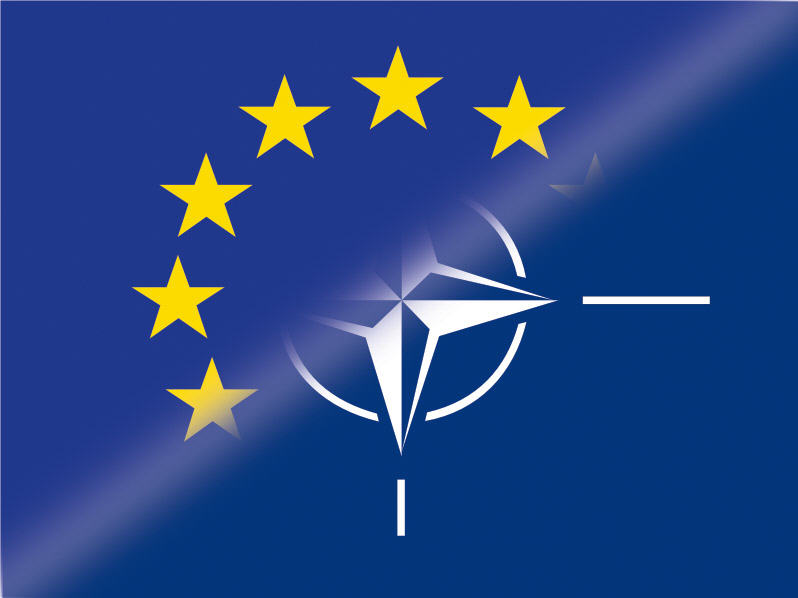
Since 1989, the security environment facing the United States and its European allies has changed beyond recognition. The Soviet Union has disintegrated, as has the division of Europe between East and West, and new threats have arisen. The disintegration of Yugoslavia in the 1990s demonstrated that instability and war emerging from failing states could affect the peace and security of Europe. After 2001, global terrorism became the priority threat, especially when linked with the prospect of proliferation of weapons of mass destruction.
In response to these threats, NATO, as the primary transatlantic security organization, has taken on new tasks, brought in new members, and conducted missions far from its traditional theater of operations in Europe. Recognizing that its members can no longer be defended solely by military forces stationed at their borders, the Alliance has moved to develop more deployable forces.
Apart from NATO, the European governments responded to this new environment by adding a security and defense component to the European Union, while also bringing in new members and boosting internal security cooperation. The EU developed mechanisms for deploying military and civilian capabilities and launched a few small operations.
The changes made by NATO and the EU have been significant. But they have not given the transatlantic community a framework for common defense that adequately accommodates the advent of the EU as a security player and the emergence of new security threats since the end of the Cold War.
The gaps in the transatlantic security architecture are both operational and political. Operationally, the transatlantic security architecture must be transformed to permit NATO and the European Union to act together to counter the threats that both institutions have identified as priorities: terrorism, proliferation, and instability resulting from regional conflict and failing states.
Image: nato-eu.jpg
